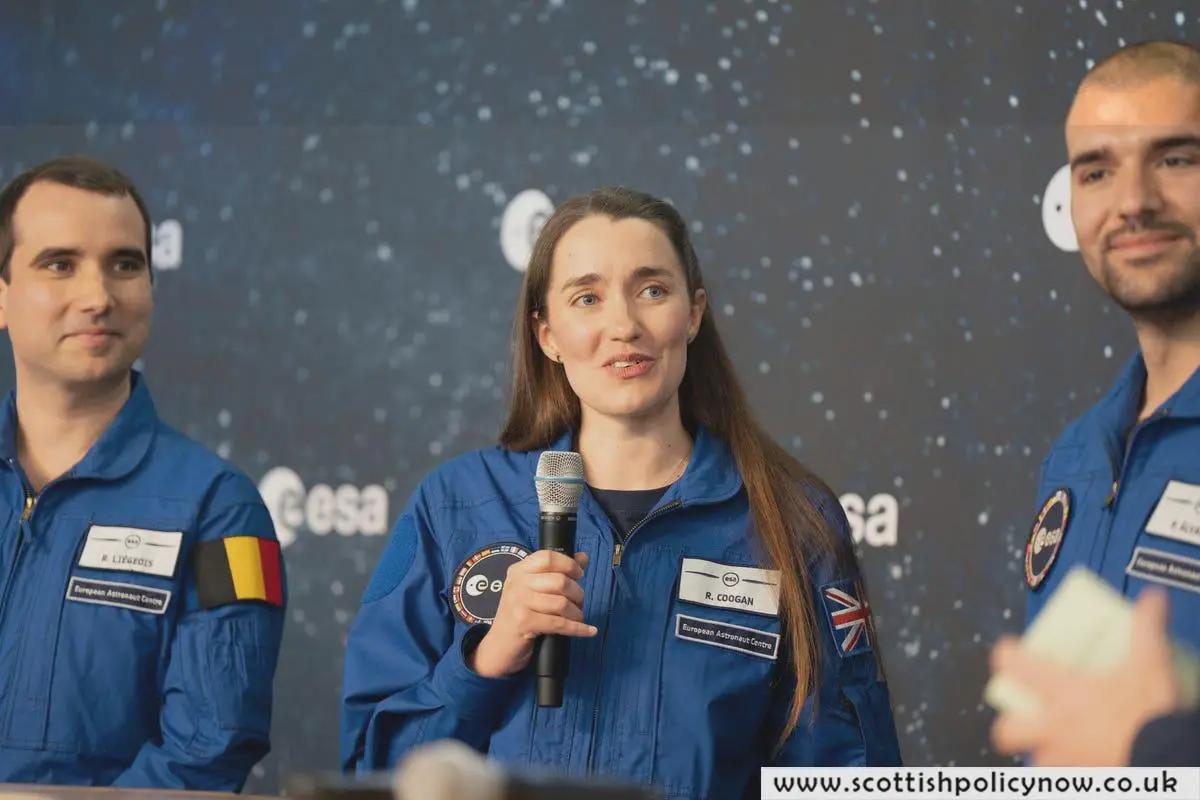Most people don’t encounter weightlessness at work, but for Rosemary Coogan, the UK’s newest astronaut, it was an exhilarating experience that involved overcoming the urge to “swim” in microgravity and performing CPR while anchored upside down.
Just a week before earning her astronaut wings, Ms Coogan and her European Space Agency (ESA) colleagues experienced what the agency described as a “taste of space” during the final leg of their basic training. The new generation of ESA astronauts boarded an Airbus “Zero G” A310 plane for their first parabolic flight, where the aircraft creates brief periods of weightlessness by flying in parabolic arcs.
Ms Coogan described her initial focus on learning how to move without the constraints of gravity. “There was a lot of emphasis on simple things, like just moving around,” she said. “There’s a temptation to try and swim, which doesn’t work at all.”

In microgravity, even slight movements can cause unintended spinning or floating. To gain control, Ms Coogan and her fellow astronauts practiced using handrails, tethers, and spacesuit gloves. In their second flight, they handled tools like electric screwdrivers, which required anchoring themselves to avoid spinning while using them.
One exercise involved performing CPR on a dummy while upside down, with feet anchored to the “ceiling” to apply the necessary pressure. Ms Coogan explained, “If you tried on-Earth CPR techniques in weightlessness, you’d float up instead of pushing down. You need to anchor yourself.”
Known as the “vomit comet,” parabolic flights can induce nausea, but Ms Coogan said she and her colleagues found medication and strategies to avoid sickness. “It’s really important to explore these boundaries,” she said. “Fortunately, none of us were sick.”
While the zero-gravity experience was thrilling, Ms Coogan found winter survival training in the snowy Pyrenees mountains the most rewarding part of her training. This prepares astronauts for landing in remote or unexpected locations, with skills including creating fires, managing cold-related injuries, building snow shelters, and constructing makeshift stretchers.
Ms Coogan noted the emphasis on teamwork and situational awareness in the survival training, describing it as a “really special experience.”
An astrophysicist with two master’s degrees from Durham University and a doctorate in astronomy from Sussex, Ms Coogan was selected to join ESA’s astronaut training program in 2022, after competing against more than 22,500 applicants. She expressed her excitement, saying, “I’ve always wanted to be an astronaut, and I feel incredibly lucky to have reached this point.”
Born in Northern Ireland, Ms Coogan is the UK’s third astronaut, following Helen Sharman, who became the first Briton in space in 1989, and Tim Peake, who visited the International Space Station (ISS) in 2015. The next steps for Ms Coogan include pre-assignment and mission-specific training, potentially leading to long-duration missions to the ISS.
Ms Coogan said that a special part of her role is the opportunity to inspire younger generations. “What I would really say to anybody who feels inspired is to keep pursuing what you’re interested in and absolutely go for it.”








